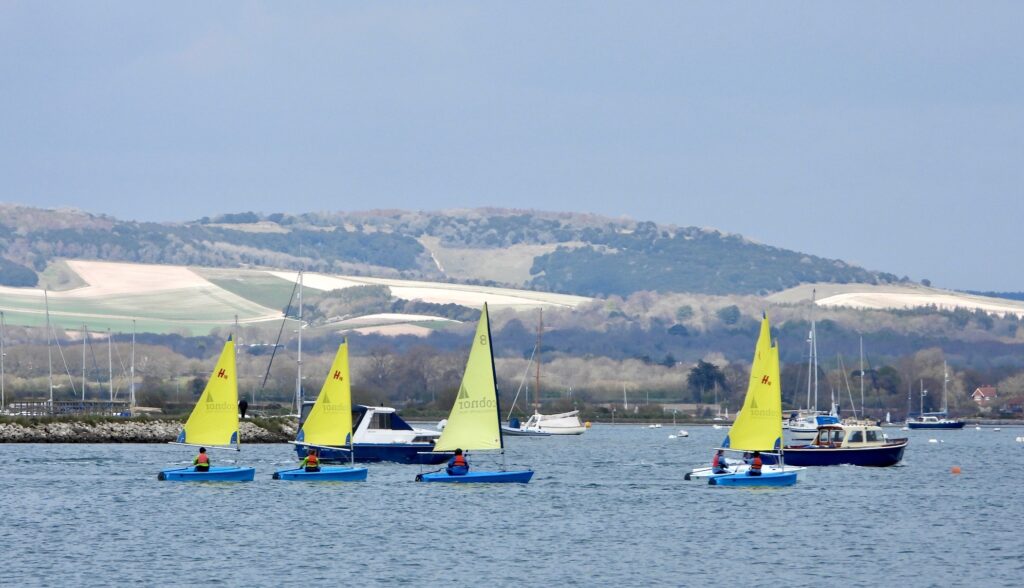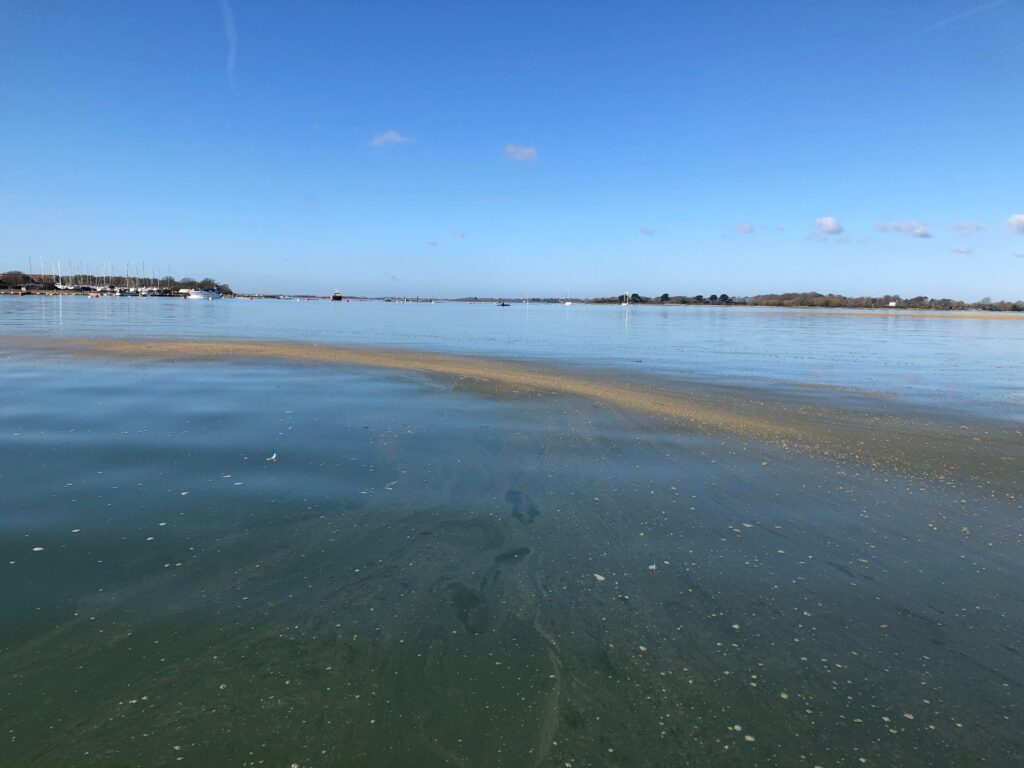Good water quality is essential for the health of the Harbour; particularly for the wildlife that depend on it and the people who enjoy it.
Harbour waters are heavily impacted by human activity. As well as regularly testing the water quality within the harbour, Chichester Harbour Conservancy is working to understand the pressures and to strive for improvements. We support a number of research projects into pollution and water quality within Chichester Harbour.

Should I go in the water?
Although the waters of Chichester Harbour are not designated as bathing water, as the busiest recreational harbour in Europe the waters are frequently used by sailors, paddlesports enthusiasts, swimmers and more.
Although we test the water against bathing standards twice monthly during the summer, we advise harbour users to make their own judgement calls based on the information available from Surfers Against Sewage and the Rivers and Seas Watch (formerly Beachbuoy).
Reporting water quality concerns
If you see a pollution event in the harbour , please contact the Environment Agency (EA) 24 hour Pollution Hotline on Tel: 0800 80 70 60.
Suspected sewage pollution in coastal waters, are sometimes the breakdown of algal blooms which can easily be mistaken algae for sewage.
A guide to Telling the difference between an algal bloom and sewage is available on the Environment website here.

Water Quality Testing
Chichester Harbour Conservancy, in conjunction with Chichester District Council monitor the quality of the water within the Chichester Harbour. Samples from 12 locations in the harbour are collected and tested twice a month during the summer months and monthly throughout the winter.
Although there are no regulatory standards for this area of water, the EU Bathing Water Standards are used as a guide. Chichester Harbour is not a designated bathing water site, however the test results can be viewed as an indicator of potential pollution levels at the time of testing.
Historical results are available on the Chichester District Council website.
Shellfish
Chichester Harbour is classified as a shellfish water and while the bacteriological quality of the water tested is generally excellent when measured against the Bathing Water Directive standards, E.coli appears to show up more readily in shellfish, filter feeding on the seabed. Oysters are tested every month by Chichester and Havant Environmental Health departments and oysters usually test at grade B or Grade C which means they would require further treatments before they were fit for human consumption. Higher spikes are also found on occasion.